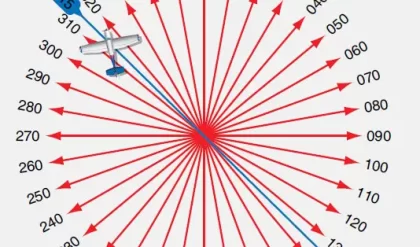
A bimetallic strip is a device used to change heat energy into mechanical motion. It is made of two varying metals that expand at different rates when exposed to heat; the metals are joined to form a concentric coil or a straight strip.
A common pair of metals used in bimetallic strips is brass and steel. When the strip is exposed to heat, brass expands faster than steel, so the strip curves with brass on the outside. When cooled, the strip curves with steel on the outside.
Bimetallic strips are quite useful for the measurement and detection of temperature changes. The coil-type bimetallic strip is used in thermostats because of their increased sensitivity. Bimetallic strips are also used in electrical breakers where excessive current heats up the strip and bends to trip the switch and interrupt the current.
Detail
Bulb thermometers are good for measuring temperature accurately, but they are harder to use when the goal is to control the temperature. The bimetallic strip thermometer, because it is made of metal, is good at controlling things.
The principle behind a bimetallic strip thermometer relies on the fact that different metals expand at different rates as they warm up. By bonding two different metals together, you can make a simple electric controller that can withstand fairly high temperatures. This sort of controller is often found in ovens. Here is the general layout:
Two metals make up the bimetallic strip (hence the name). In this diagram, the green metal would be chosen to expand faster than the blue metal if the device were being used in an oven. In a refrigerator, you would use the opposite setup, so that as the temperature rises the blue metal expands faster than the green metal. This causes the strip to bend upward, making contact so that current can flow. By adjusting the size of the gap between the strip and the contact, you control the temperature.
You will often find long bimetallic strips coiled into spirals. This is the typical layout of a backyard dial thermometer. By coiling a very long strip it becomes much more sensitive to small temperature changes. In a furnace thermostat, the same technique is used and a mercury switch is attached to the coil. The switch turns the furnace on and off.




